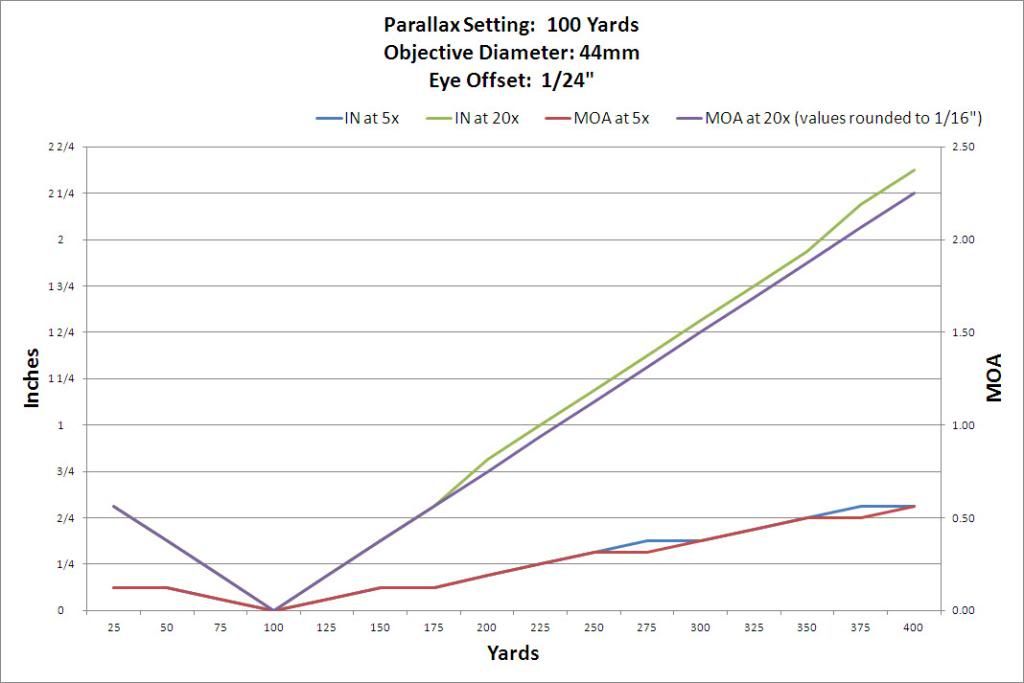Bucksnort1
New member
Will someone please explain what parallax is relative to rifle scopes? I've read several "on-line" articles about this but I still don't know exactly how it works. I do know it can change the strike of a bullet on a target from one round to the next.
In Denver, on Sunday mornings, there is a talk show called, "Stump the Professor". He takes questions on all sorts of science topics. The problem for me is, when he explains most things, he isn't talking to me, he is talking to Albert Einstein. Some people have called me Einstein but I don't think it is the way I want. I think you get the point. When you explain this, do it the Army way and use the KISS principle - Keep It Simple Stupid. I'm not saying any of you are stupid. I think you get the point. Here are a couple of questions.
Is parallax only a problem with scopes greater than 9X and is this the reason most of the scopes hunters and others buy, are not greater than 9X?
Can a variable 9X scope be reduced in power and eliminate parallax?
I'm sure the price and quality of the scope has an effect on this.
In Denver, on Sunday mornings, there is a talk show called, "Stump the Professor". He takes questions on all sorts of science topics. The problem for me is, when he explains most things, he isn't talking to me, he is talking to Albert Einstein. Some people have called me Einstein but I don't think it is the way I want. I think you get the point. When you explain this, do it the Army way and use the KISS principle - Keep It Simple Stupid. I'm not saying any of you are stupid. I think you get the point. Here are a couple of questions.
Is parallax only a problem with scopes greater than 9X and is this the reason most of the scopes hunters and others buy, are not greater than 9X?
Can a variable 9X scope be reduced in power and eliminate parallax?
I'm sure the price and quality of the scope has an effect on this.

